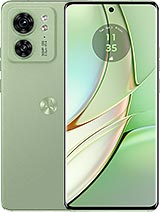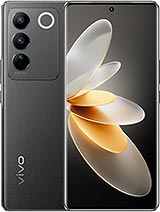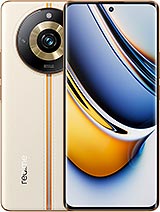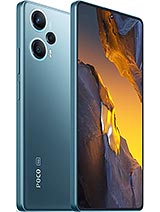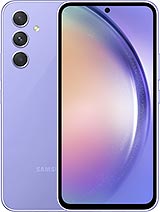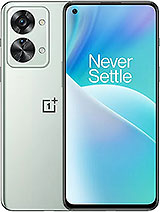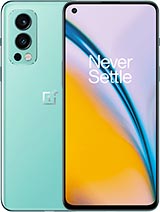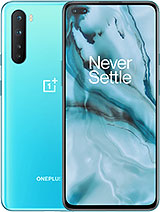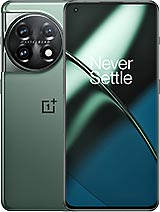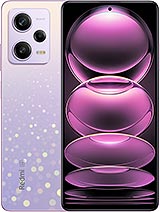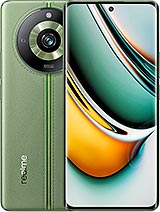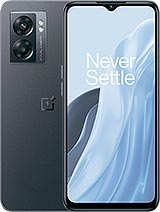OnePlus Nord 3 review

Large Fluid AMOLED
The OnePlus Nord 3 comes with a larger 6.74-inch Fluid AMOLED with a high-resolution of 2772 x 1240 pixels or 450ppi, a prominent update over the 6.43-inch 1080p (409ppi) OLED on the Nord 2. It is protected by a Dragontrail glass.
The panel has both the thinnest bezels and the tiniest punch holes we've seen lately.

The new Fluid AMOLED is capable of dynamic 120Hz refresh rate (40Hz-120Hz), supports 10-bit color depth for over a billion of colors, up to 1000Hz touch response, and HDR10+ streaming.
OnePlus has listed 1450 nits of peak brightness and support for 8192 different brightness levels.
We've completed our display test, and the OnePlus Nord 3 did great. We recorded 516 nits of maximum brightness when manually controlling it, and the impressive 1114 nits of max automatic brightness when we faced the screen with a bright light. We test for the maximum auto brightness at APL 75%, so the Nord 3 seems perfectly capable of achieving the promised 1450 nits of peak brightness at something like APL 25% or so.
The minimum brightness at point white is just 2.1 nits.
Color accuracy
The OnePlus Nord 3 has four color modes in Settings as part of OxygenOS. Vivid corresponds to DCI-P3 color space, Natural - sRGB color space, and there are two Pro modes where you can choose between Cinematic (accurate P3) and Brilliant (widest color available) options. Each of these modes offers a color temperature slider.
The default Vivid color option offers very good accuracy towards P3 targets, with the only exceptions being the slightly bluish white and grays. The Cinematic Pro mode, and the Natural one, on the other hand, have an outstanding accuracy to P3 and sRGB spaces, accordingly.
Refresh rate
The OnePlus Nord 3 has three refresh rate modes - Auto Select, High, and Standard.
#
The High and Auto modes work in a similar way - they use the maximum 120Hz across the user interface and some supported apps, and switch to 60Hz for static picture, video playback (but not video UI) and incompatible apps like Google Maps and Camera app.
The Auto Mode is a bit more restrictive - it analyzes the app, and then decides if it's worth using 120Hz or not. We found that many apps to use 90Hz or 60Hz instead of the maximum 120Hz - like the Gallery, some web browsers, video apps like Netflix, office apps, among others.
Unfortunately, we never saw the screen use the promised 40Hz.
Finally, the Standard option is straightforward - the phone always uses 60Hz refresh rate, and all apps are capped at 60fps.
HDR and streaming
The OnePlus Nord 3 comes with an HDR10+ certified display and Widevine L1 DRM support. It is recognized as HDR10-capable by YouTube, Netflix, Amazon Prime Video.
Visual enhancements
The Display options menu offers three visual enhancements - Image Sharpener, Video Color Boost and Bright HDR Video Mode.
Image Sharpener enhances the clarity of low-quality photos and videos. It uses more battery, naturally, and we are not sure when it really activates, probably across compatible installed apps, but we didn't have any.
Video Color Boost tries to widen the color gamut in SDR content and increases battery consumption. It is available in a limited selection of apps, and, once again, we had no such apps.
The Bright HDR Video Mode increases the brightness when playing HDR videos and improves the overall HDR experience. It also increases power consumption, of course.
Battery life
The OnePlus Nord 3 battery capacity has been increased since the Nord 2 with 500mAh up to a total of 5,000mAh. We guess the larger display and slightly larger chassis allowed for some extra battery, too.
The OnePlus Nord 3 scored a 103h endurance rating (vs. 102h for the Nord 2) with excellent performance across all three main tests - calling, web browsing, and looped video playback.
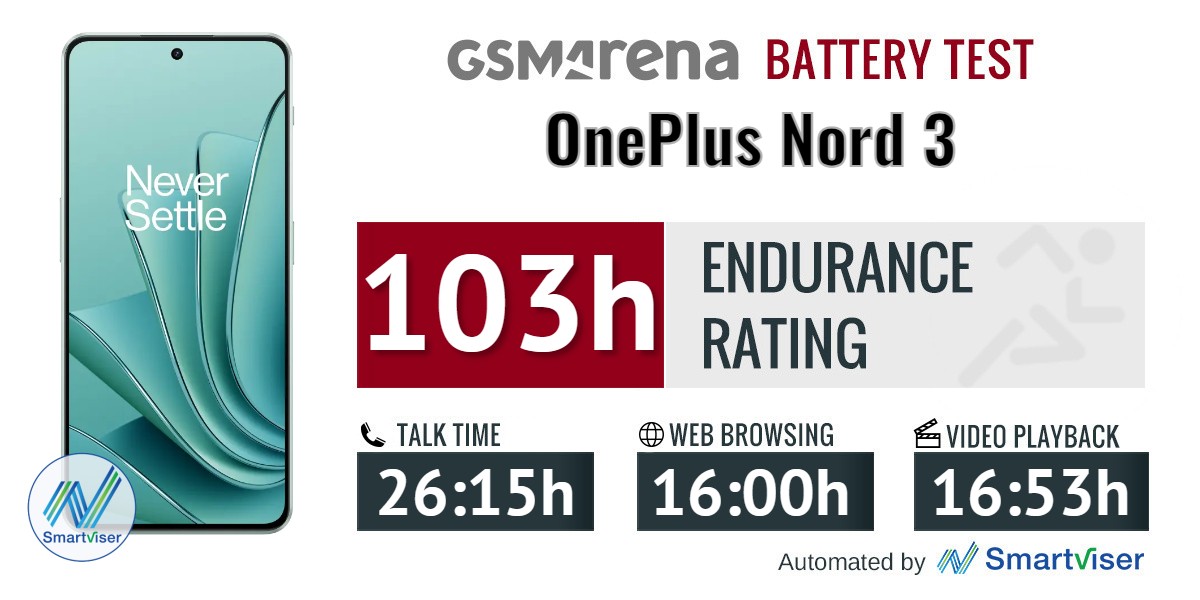
Our battery tests were automated thanks to SmartViser, using its viSerDevice app. The endurance rating denotes how long the battery charge will last you if you use the device for an hour of telephony, web browsing, and video playback daily. More details can be found here.
The standby performance is identical to the one of Nord 2 - slightly above average.
Video test carried out in 60Hz refresh rate mode. Web browsing test done at the display's highest refresh rate whenever possible. Refer to the respective reviews for specifics. To adjust the endurance rating formula to match your own usage patterns check out our all-time battery test results chart where you can also find all phones we've tested.
Charging speed
The Nord 3 supports 80W SuperVOOC charging, same as on the Nord 2T and up from 65W on the Nord 2. Naturally, the Nord 3 ships with the 80W power adapter and a proper 10A-rated red cable.

OnePlus has shared some official charging numbers - 15mins should give us 60% of charger, while a full charge should be completed in 32 minutes.
Well, 5 minutes on that charger replenished 26% of the depleted battery, while a total of 15 minutes - 61%. A full charge takes exactly 32 minutes matching the official OnePlus promise. We are happy that our test matched the official numbers.
Note that the phone requires another 10 minutes after reaching 100% to display Fully charged, something typical for BBK-made phones.
Stereo speaker with Dolby Atmos
The OnePlus Nord 3 packs two stereo speakers, like the Nord 2. It's a hybrid setup, where the top speaker has both front-facing and top-facing grilles, while the bottom one has just one grille and appears to be louder.

The audio from the speakers is balanced and offers similar audio quality, although the bottom one is actually louder.
The Nord 3T scored a Very Good mark on our loudness test. The sound quality is also very good with great vocals and high frequencies, and even some bass. The sound is rich and nicely deep.
Use the Playback controls to listen to the phone sample recordings (best use headphones). We measure the average loudness of the speakers in LUFS. A lower absolute value means a louder sound. A look at the frequency response chart will tell you how far off the ideal "0db" flat line is the reproduction of the bass, treble, and mid frequencies. You can add more phones to compare how they differ. The scores and ratings are not comparable with our older loudspeaker test. Learn more about how we test here.
Reader comments
- Firoz sk
- 17 Sep 2024
- Cb8
I am using the phone but afraid to take oneplus because of green line don't know why day by day trust in oneplus is losing.
- JustJr
- 28 Jun 2024
- PTI
OnePlus, don't be shy. Just use the Dimensity 8200 instead, and improve the camera setup. Xiaomi 13T is still better than this specs-wise, and it's still cheaper. Formerly the 13T, now the 13T Pro is still a "flagship killer"...
- Tom Orange
- 13 Jun 2024
- TqQ
Did they add EIS for 4k video recording yet or is it still lacking that important feature?


